For many entrepreneurs, the dream of owning a business is synonymous with freedom—freedom of time, financial independence, and creative autonomy.
But for most, the reality is far from liberating. It’s a 60-hour workweek, endless firefighting, and being the only one holding the business together.
If your company grinds to a halt the moment you step away, what you have isn’t a business. It’s a job—with more stress, higher stakes, and fewer off days. But the good news? It doesn’t have to stay that way.
The Founder’s Trap
Founder’s trap is when a founder becomes the decision-making bottleneck, managing everything from sales to HR to customer complaints. Some reports have shown that most small businesses fail because their founders work in the business, not on it.
“You don’t build a business. You build people—and then people build the business,” Gerber famously said.
To however escape the founder’s trap, you must start with a mindset shift: You are not your business. You are its architect.
Systematize to Scale
One of the most powerful ways to create autonomy is by documenting repeatable processes.
Systems allow ordinary people to deliver extraordinary results.
Whether it’s onboarding clients, responding to customer inquiries, or managing inventory—everything must be systematized.
Think of McDonald’s. Its global dominance isn’t built on gourmet food; it’s built on systems that ensure consistency from Lagos to London.
Use tools like SOPs (Standard Operating Procedures), process maps, and automation software to create a well-oiled machine that doesn’t rely on your presence.
Delegate Like a CEO
Delegation isn’t abdication; it’s elevation. It means trusting your team with responsibility and giving them the clarity and authority to act. This begins with hiring people not just for skill, but for ownership.
In a conversation with Forbes, Brian Scudamore, founder of 1-800-GOT-JUNK?, shared: “I’m not the smartest guy in the room, and I don’t try to be. My job is to find smarter people and empower them.”
Training, mentorship, and clear KPIs turn good hires into leaders who run departments without constant oversight.
Use Tech as a Lever
The modern entrepreneur has a secret weapon previous generations lacked—technology.
From project management platforms like Asana and Trello to AI-driven analytics tools, tech can streamline operations, enhance communication, and ensure visibility even when you’re off the grid.
Set up dashboards that allow you to monitor performance without micro-managing.
Also automate repetitive tasks like invoicing, scheduling, or customer follow-ups. Every minute you save compounds into strategic bandwidth.
Step Away Strategically
The ultimate test of business maturity is whether it thrives in your absence. Start by taking short breaks. A weekend off. A five-day retreat. Then evaluate—did things fall apart or run smoothly?
These mini-exits highlight gaps in systems, leadership, or operations—and give you the opportunity to fix them. The goal isn’t absence for absence’s sake, but sustainable independence.
The Freedom Dividend
A business that runs without you is more than a lifestyle win—it’s a value driver.
Investors and acquirers look for businesses that are owner-independent. Your freedom is also your company’s scalability and exit potential.
So whether your dream is to exit at eight figures or simply enjoy dinner without checking emails, moving from chaos to control is not a luxury—it’s a necessity.
Building a self-sustaining business doesn’t mean letting go. It means letting others grow. And in that growth lies the true mark of a visionary entrepreneur: creating something that endures beyond you.

